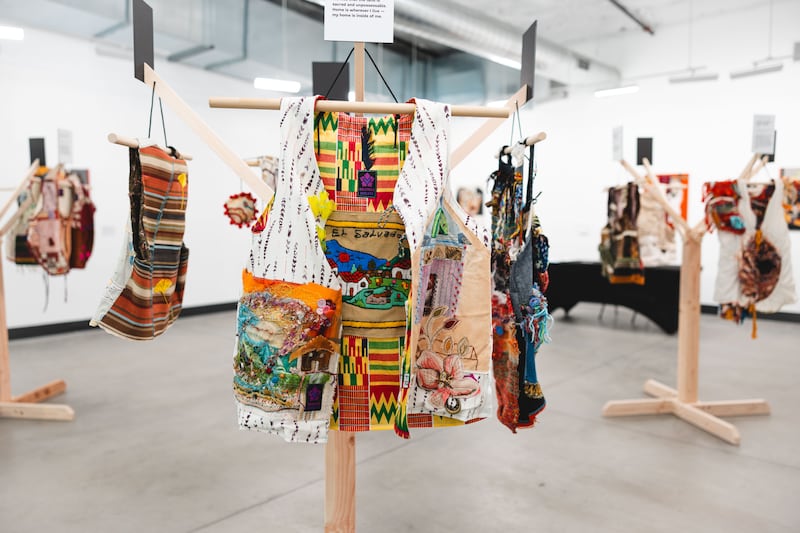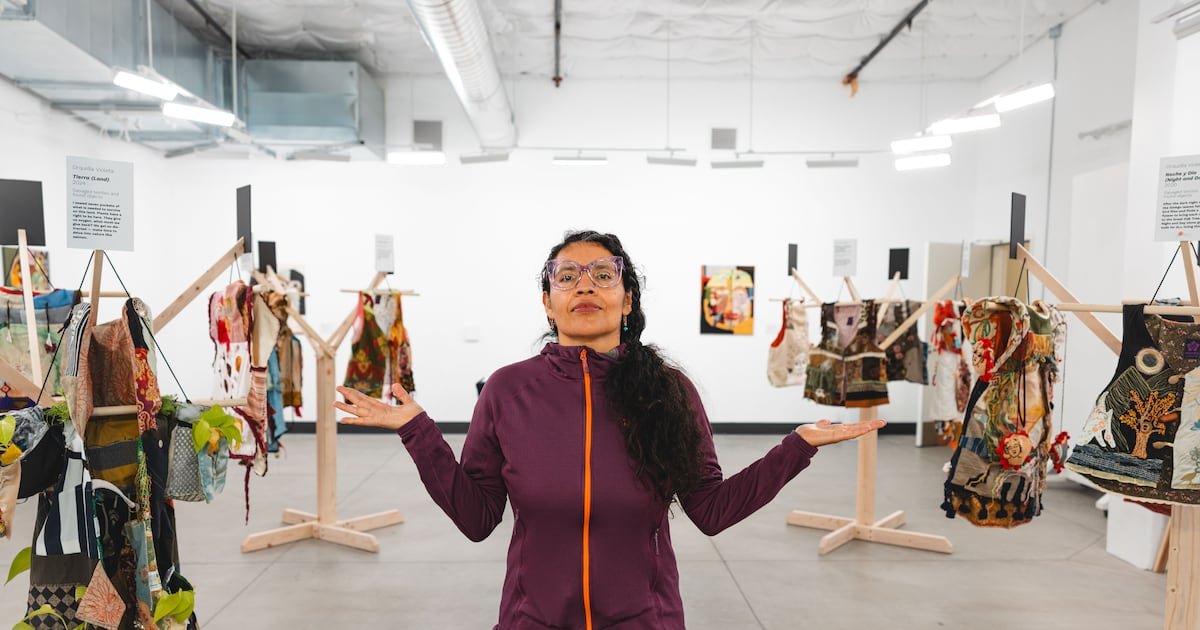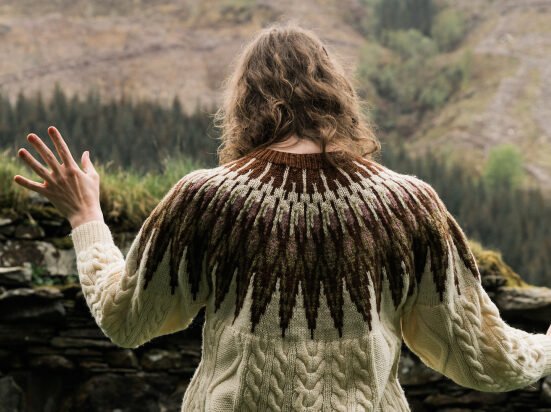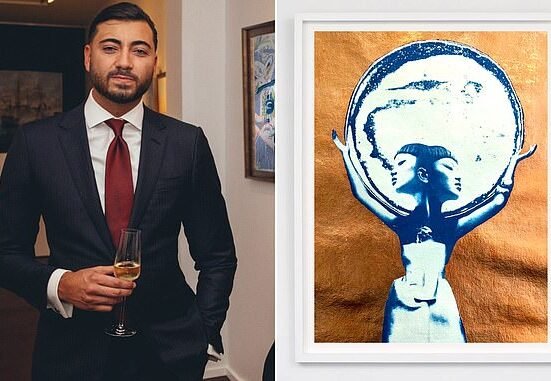Any space can be an art gallery, from dead malls and shipping containers to digital work projected onto buildings or bridges. While seeing galleries pop up on the east side of town has been great, there’s a refreshing feeling of normalcy to see spaces emerge downtown, like after/time, an artist-run gallery and seven-member collective occupying ground floor retail space of a parking garage across from Director Park’s northwest corner.
Dubbed an “artist-run gallery and experimental curatorial platform,” after/time opened in April 2021 and has remained steadily busy. It’s held exhibitions, hosted artist talks and readings and facilitated artist-led roundtable discussions and special events. It participated in Oregon Contemporary’s form.a, an annual art press fair, and held a booth alongside major Portland players that included PDX Contemporary Art and J. Pepin Art Gallery at the Seattle Art Fair in July.
After/time’s origins date back to 2017, when it was known as Third Room, a second-story space above a dive bar near Lloyd Center. Third Room hosted exhibitions, performances and a critique group for local art school graduates. The room acted as a “third space” hub for artists connecting to the local scene. Todd Molinari, a local artist and Third Room exhibitor, stuck around as other members moved on to other projects. He carried that collective’s legacy over when Third Room officially closed in February 2021. With Molinari at the helm, and with help from Prosper Portland and the Portland Bureau of Transportation, after/time moved into its current space.
After/time charges no member fees and takes a relatively low sales commission, instead relying on philanthropic grants to cover the collective’s overhead costs. Molinari aims to magnify the collective ethos. Members want to keep staging political exhibitions, like last year’s abolitionist show, which sold out works by currently and formerly incarcerated artists. Molinari sees after/time following a “utopia model” in which art and artists are the lifeblood of society.
“I see our gallery as a launching pad for artists to go further,” Molinari says.

Orquidia Violeta was gallery-sitting her textile exhibition Chalecos Protector one balmy Saturday afternoon and offered a personal tour of the 16 protective vests she’s designed since 2020, on view until Nov. 2. The vests are displayed on four-headed wooden armatures sculpted by the artist’s partner Aaron Kuehn, with a vest description placed where a face might go.
Vulnerability is palpable within the room. One vest, an orange-lined patchwork vest adorned with wooden buttons, honors the artist’s mother, Reina. Another one, titled Lesión Cerebral (Brain Injury) was about a stroke she survived while pregnant with her son. For Violeta, vulnerability is nothing more than an added medium like thread or paint in which to work from. The show’s somewhat heavy tone is interrupted by more lighthearted moments, like a long blue vest covered in fabric flower petals that the artist wore on her birthday (her professional name translates to violet orchid), and one simply titled Esperanza (Hope).
“Revealing vulnerabilities allows us to consider the difficult times we all face, to look at them, to talk about them, and ultimately to use them as a source of strength,” she says.
Violeta’s material choices are as intentional as they are resourceful. She reclaims fabric and upholstery scraps to stitch vests together, highlighting the urgency of the fashion industry’s environmental impact. Having attended Los Angeles’ for-profit Fashion Institute of Design & Merchandising in 1996 and worked in L.A.’s apparel industry for six years, Violeta’s practice is informed by the garment industry’s notorious waste, often obscured from the public eye.
These material choices add an extra layer of protection to the innately defensive nature of vests: think hi-vis neon orange vests, or bulletproof vests, meant to shield the wearer’s heart and other vital organs. The pockets of some of the vests held items for further protection: a bundle of sage in one, and live pothos plants in another.
“Woven scraps from Oaxaca, knits from Nike, fabric from friends, all carry history and meaning in their fiber,” she says.
SEE IT: Chalecos Protector by Orquida Violeta at after/time collective gallery, 735 SW 9th Ave., #110, aftertimecollective.com. 6–8 pm Tuesday and Thursday, noon–5 pm Saturday.







